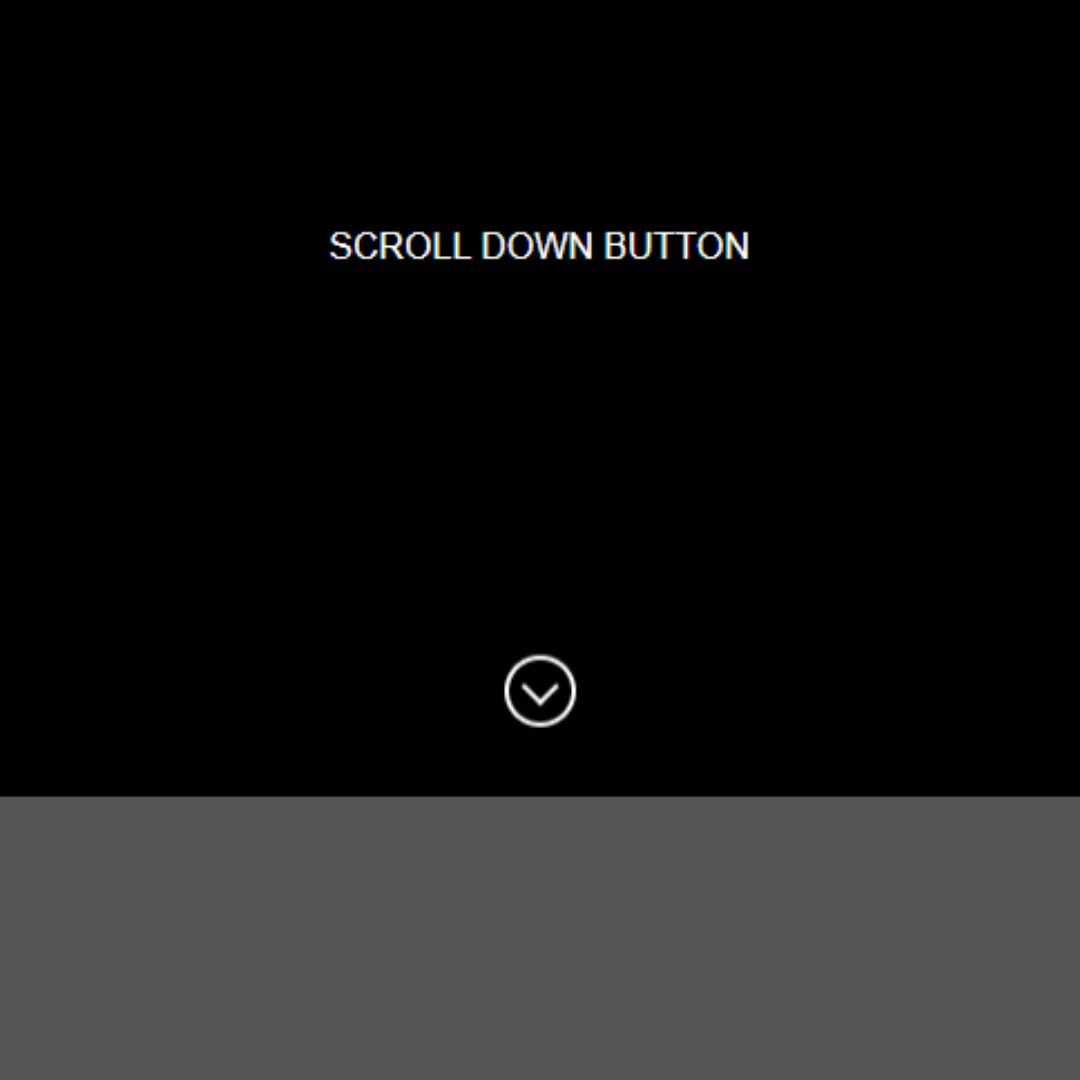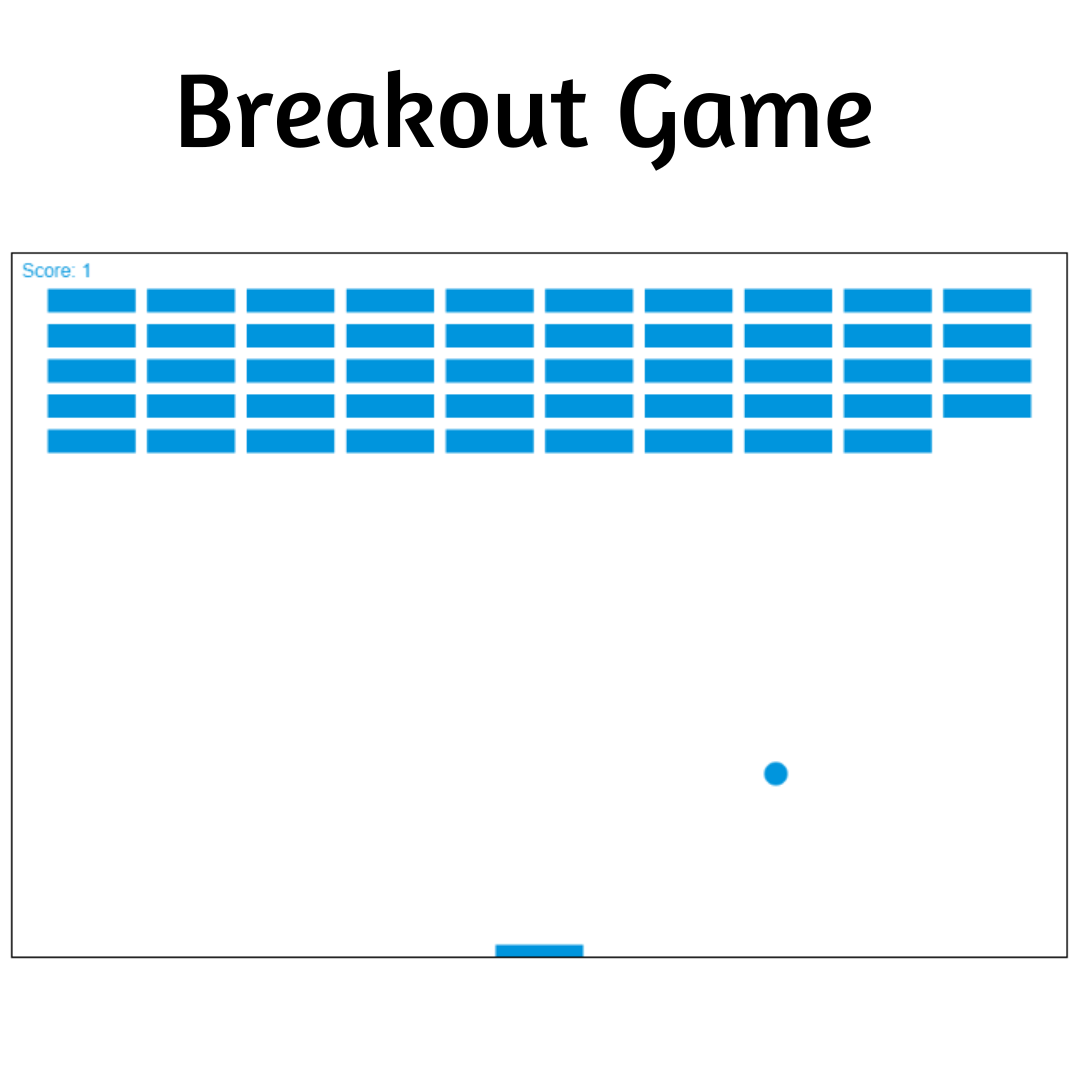Learn how to create a simple and amazing 5-star rating using HTML and CSS. Follow our step-by-step guide to improve your user interface and experience.

Table of Contents
A 5-star rating system is a user interface element that allows users to rate something on a scale of 1 to 5 stars. It is commonly used on websites and applications to allow users to provide feedback or rate products, services, or content.
As we all know, user interface and experience play a vital role in the success of any website or web application. Providing an easy and intuitive way for users to rate and provide feedback on the content is a crucial aspect of creating a positive user experience. In this blog post, we will guide you through creating a 5-star rating system using HTML and CSS that is both simple to implement and visually appealing. Whether you're a seasoned web developer or just starting out, this guide will provide you with the knowledge and tools needed to create an effective 5-star rating system for your website or web application.
Want to create a simple and amazing 5-star rating using HTML and CSS?
Let's start making an amazing 5-star rating Using HTML, and CSS step by step.
Join My Telegram Channel to Download the Project: Click Here
Prerequisites:
Before starting this tutorial, you should have a basic understanding of HTML, and CSS. Additionally, you will need a code editor such as Visual Studio Code or Sublime Text to write and save your code.
Source Code
Step 1 (HTML Code):
To get started, we will first need to create a basic HTML file. In this file, we will include the main structure for our 5-star rating.
After creating the files just paste the following codes into your file. Remember that you must save a file with the .html extension.
Step 2 (CSS Code):
Next, we will create our CSS file. In this file, we will use some basic CSS rules to create our 5-star rating effect. We will also add some padding and margin properties to ensure that everything looks correct.
This will give our 5-star rating an upgraded presentation. Create a CSS file with the name of styles.css and paste the given codes into your CSS file. Remember that you must create a file with the .css extension.
*{
margin: 0;
padding: 0;
background: #212121;
}
body{
display: flex;
justify-content: center;
align-items: center;
height: 100vh;
}
.rate {
float: left;
height: 46px;
padding: 0 10px;
}
.rate:not(:checked) > input {
position:absolute;
top:-9999px;
}
.rate:not(:checked) > label {
float:right;
width:1em;
overflow:hidden;
white-space:nowrap;
cursor:pointer;
font-size:30px;
color:#ccc;
}
.rate:not(:checked) > label:before {
content: '★ ';
}
.rate > input:checked ~ label {
color: #ffc700;
}
.rate:not(:checked) > label:hover,
.rate:not(:checked) > label:hover ~ label {
color: #deb217;
}
.rate > input:checked + label:hover,
.rate > input:checked + label:hover ~ label,
.rate > input:checked ~ label:hover,
.rate > input:checked ~ label:hover ~ label,
.rate > label:hover ~ input:checked ~ label {
color: #c59b08;
} Final Output:

Conclusion:
In conclusion, implementing a 5-star rating system can significantly enhance user experience on your website. By following the step-by-step guide we provided, you can create a simple and amazing 5-star rating using HTML and CSS. Additionally, you can improve user engagement by adding interactivity with JavaScript and using best practices for user interface design. Remember to prioritize the user experience in your web development projects to ensure satisfied and engaged users. Thank you for reading, and happy coding!
That’s a wrap!
I hope you enjoyed this post. Now, with these examples, you can create your own amazing page.
Did you like it? Let me know in the comments below 🔥 and you can support me by buying me a coffee
And don’t forget to sign up to our email newsletter so you can get useful content like this sent right to your inbox!
Thanks!
Faraz 😊


.jpg)
























